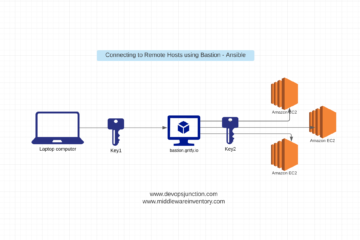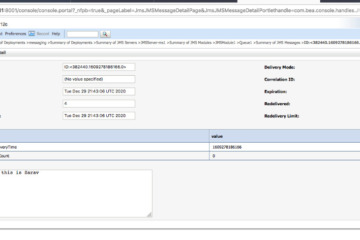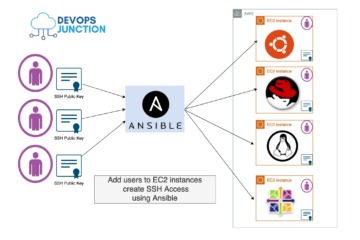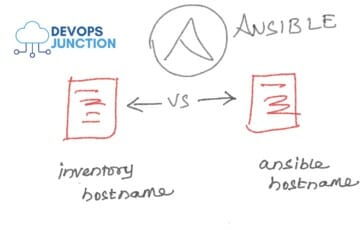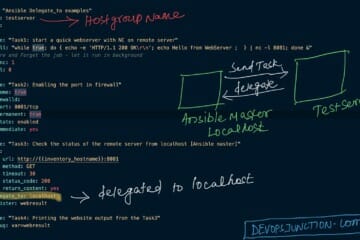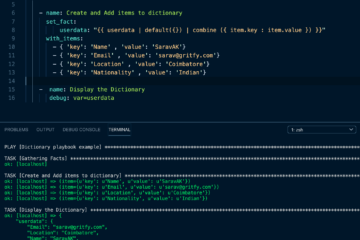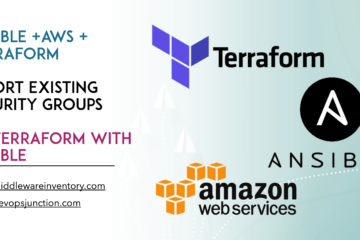In this article we are going to see how to connect to remote hosts using Bastion host or Jump Server for Ansible playbook or Adhoc command execution. In General, We know it is a an easy job to connect to remote hosts from Ansible control machine ( where you execute[...]
Read more